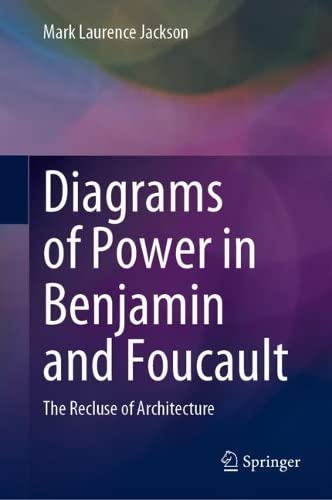

Most ebook files are in PDF format, so you can easily read them using various software such as Foxit Reader or directly on the Google Chrome browser.
Some ebook files are released by publishers in other formats such as .awz, .mobi, .epub, .fb2, etc. You may need to install specific software to read these formats on mobile/PC, such as Calibre.
Please read the tutorial at this link: https://ebookbell.com/faq
We offer FREE conversion to the popular formats you request; however, this may take some time. Therefore, right after payment, please email us, and we will try to provide the service as quickly as possible.
For some exceptional file formats or broken links (if any), please refrain from opening any disputes. Instead, email us first, and we will try to assist within a maximum of 6 hours.
EbookBell Team

4.8
24 reviewsThis book’s overarching premise is that discussion and critique in the discourses of architecture and urbanism have their primary focus on engagements with form, particularly in the sense of the question as to what planning and architecture signify with respect to the forms they take, and how their meanings or content (what is “contained”) is considered in relation to form-as-container. While significant critical work in these disciplines has been published over the past 20 years that engages pertinently with the writings of Walter Benjamin and Michel Foucault, there has been no address to the co-incidence in the work of Benjamin and Foucault of an architectural figure that is pivotal to each of their discussions of the emergence of modernity: The arcade for Benjamin and the panoptic prison for Foucault have a parallel role. In Foucault’s terms, panopticism is a “diagram of power.” The parallel, for Benjamin, would be his understanding of “constellation.” In more recent architectural writings, the notion of the diagram has emerged as a key motif. Yet, and in as much as it supposedly relates to aspects of the work of Foucault, along with Gilles Deleuze, this notion of “diagram” amounts, for the most part, to a thinly veiled reinstatement of geometry-as-idea. This book redresses the emphasis given to form within the cultural philosophy of modernity and―particularly with respect to architecture and urbanism―inflects on the agency of force that opens a reading of their productive capacities as technologies of power. It is relevant to students and scholars in poststructuralist critical theory, architecture, and urban studies.
“This is a book about Foucault and Benjamin and it is grounded in a deep knowledge of and reflection upon their works, but it is also underpinned by an impressive erudition. There are reflections on Hegel and Heidegger (central to the author) and Derrida, along with Kierkegaard, and others. This leads to a rich and suggestive discussion … in staging a spatial-architectural-political conversation between Foucault and Benjamin.”
- Anonymous Reviewer
“Mark Jackson’s Diagrams of Power in Benjamin and Foucault, The Recluse of Architecture juxtaposes and interrogates its two leading actors so as to draw from and through them a theory of architecture, which is inseparable from its recluse. In doing so it elaborates a series of complex connections with their various interlocutors and inspirations, Hegel, Heidegger, Derrida, the Kabbalah, Agamben, allegory, Marx, Deleuze, Klossowski, tragedy, capitalism, modernity, and so on. The list is long and impressive. This is not only done with an extremely high degree of scholarship, but is presented in a light, lucid and very compelling manner in a voice both personal and authoritative. The recluse is the figure of mimesis itself, the appearance of a withdrawal, always already a ruin. This book not only contributes a highly astute reading of its philosophical objects, but it enacts the ontology of the recluse through its own unfolding, simultaneously revealing and withholding the meaning of architecture ‘as such’, so that we not only understand its meaning, but feel the pulsing differential of the book’s object as if it were alive within us.”
- Stephen Zepke, Independent Researcher, Vienna